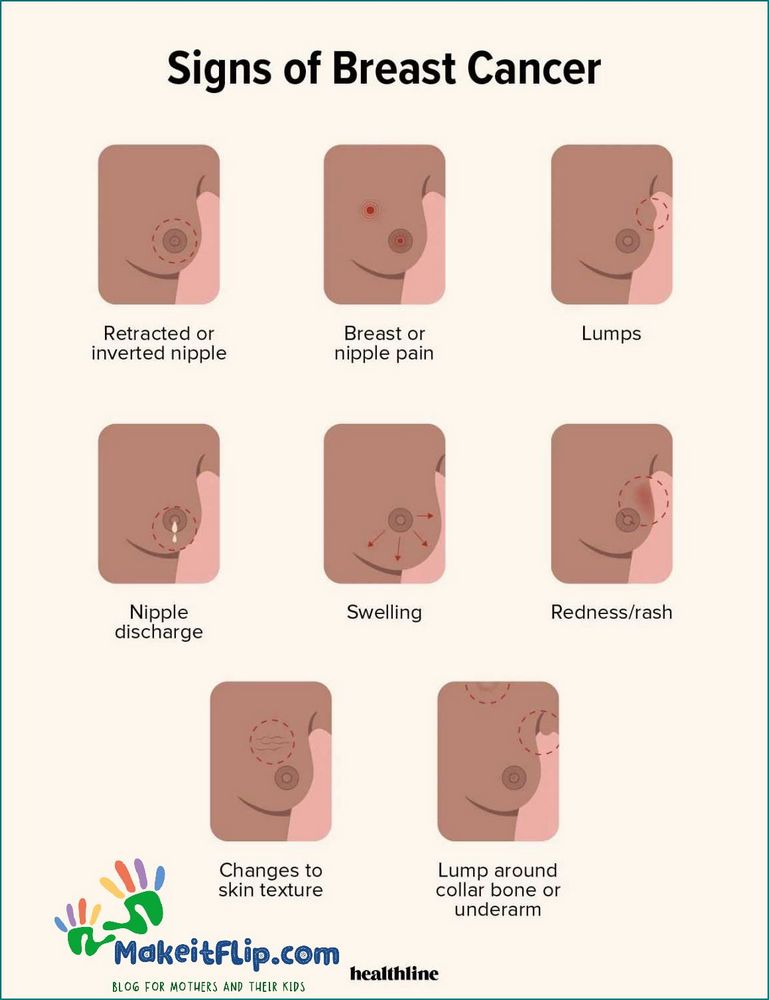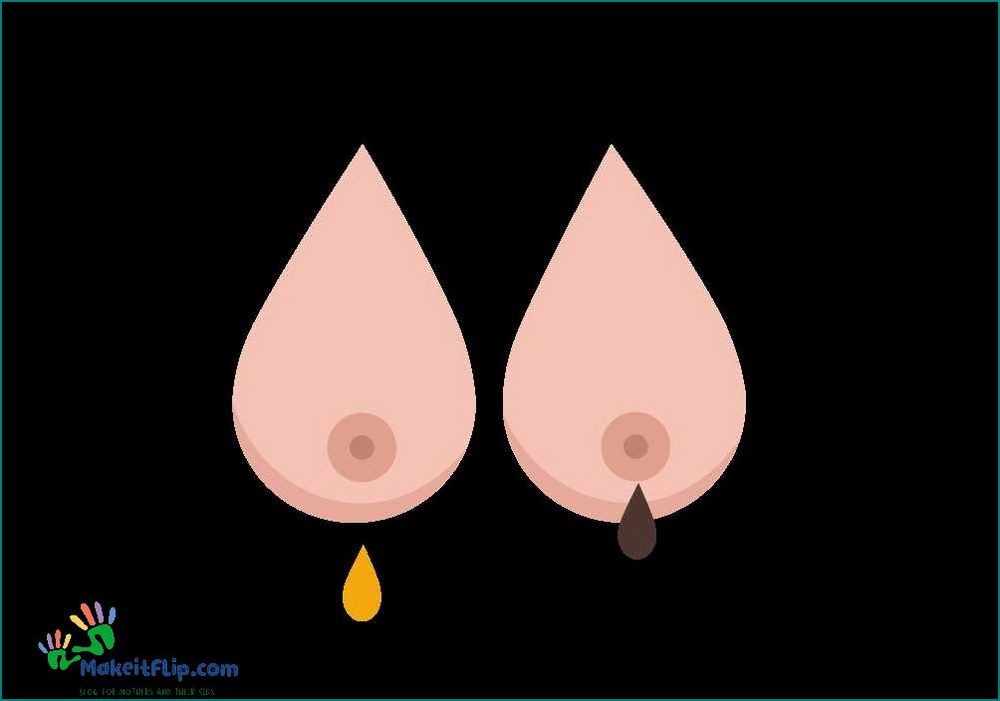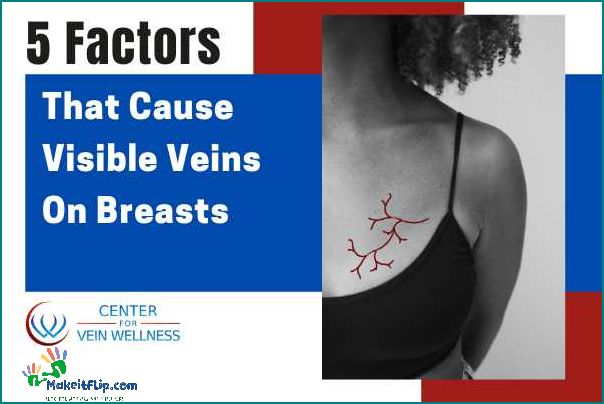Contents
Exploring the Causes, Symptoms, and Treatment of Veins in the Breast: A Comprehensive Guide

Veins in the breast are a common occurrence that can cause concern for many women. These veins, also known as breast veins, are usually harmless and do not pose any serious health risks. However, understanding the causes, symptoms, and treatment options for veins in the breast can help alleviate any worries and provide peace of mind.
Causes of veins in the breast can vary from person to person. In some cases, these veins may be a result of hormonal changes, especially during pregnancy or menopause. Other factors that can contribute to the appearance of breast veins include genetics, weight gain, or certain medical conditions.
Symptoms of veins in the breast can range from mild to severe. Some women may notice the appearance of blue or purple veins on the surface of their breasts, while others may experience discomfort or tenderness in the affected area. It is important to note that these symptoms should not be ignored and should be discussed with a healthcare professional.
Treatment for veins in the breast is usually not necessary unless the veins cause significant pain or discomfort. In such cases, treatment options may include lifestyle changes, such as weight loss or wearing a supportive bra, to alleviate symptoms. In more severe cases, medical procedures like sclerotherapy or laser therapy may be recommended to reduce the appearance of the veins.
Causes of Veins in Breast

There are several factors that can cause veins to become more visible in the breast. These include:
- Hormonal changes: Hormonal fluctuations during the menstrual cycle, pregnancy, and menopause can cause the veins in the breast to become more prominent.
- Genetics: Some individuals may have a genetic predisposition to having more visible veins in their breasts.
- Weight gain: Rapid weight gain can put pressure on the veins and cause them to become more noticeable.
- Exercise: Intense physical activity can increase blood flow to the breasts, making the veins more visible.
- Breastfeeding: The hormonal changes and increased blood flow associated with breastfeeding can cause veins in the breast to become more prominent.
- Breast implants: Some women may notice more visible veins in their breasts after getting breast implants.
- Age: As we age, our skin becomes thinner and the veins may become more visible.
If you notice any changes in the appearance of veins in your breast or have concerns, it is important to consult with a healthcare professional for a proper evaluation and diagnosis.
Hormonal Changes

Hormonal changes in the body can affect the veins in the breast. During certain times in a woman’s menstrual cycle, hormone levels fluctuate, which can lead to changes in the appearance and functioning of veins in the breast.
Estrogen, a hormone that plays a crucial role in the development and maintenance of female reproductive system, can cause the veins in the breast to become more prominent and visible. This is because estrogen can dilate blood vessels, making them appear larger and more noticeable.
Progesterone, another hormone involved in the menstrual cycle, can also impact the veins in the breast. Progesterone can cause the blood vessels to become more fragile and prone to damage, leading to the formation of varicose veins or spider veins in the breast.
Additionally, hormonal changes during pregnancy can also affect the veins in the breast. The increased blood volume and hormonal fluctuations during pregnancy can cause the veins to become more prominent and visible.
It is important to note that hormonal changes alone may not always be the cause of visible veins in the breast. Other factors such as genetics, age, weight fluctuations, and certain medical conditions can also contribute to the development of visible veins in the breast.
If you notice any changes in the appearance or functioning of veins in your breast, it is recommended to consult a healthcare professional for a proper evaluation and diagnosis.
Pregnancy

During pregnancy, the body undergoes numerous changes, including an increase in blood volume and hormonal fluctuations. These changes can lead to the appearance of veins in the breasts. The increased blood volume puts additional pressure on the veins, causing them to become more prominent and visible.
In addition to the physical changes, hormonal fluctuations during pregnancy can also contribute to the development of visible veins in the breasts. Hormones like estrogen and progesterone can affect the elasticity of blood vessels, making them more prone to dilation and visibility.
It is important to note that the appearance of veins in the breasts during pregnancy is usually temporary and resolves on its own after childbirth. However, if the veins cause discomfort or if there are other concerning symptoms, it is recommended to consult with a healthcare provider for further evaluation and management.
Genetic Factors

Genetic factors can play a role in the development of veins in the breast. Certain genetic mutations or variations can affect the structure and function of the veins, making them more prone to becoming visible or enlarged.
Studies have shown that there may be a genetic component to the development of varicose veins, which are enlarged and twisted veins that can occur in the breasts. These studies have identified specific genes that may be associated with an increased risk of developing varicose veins.
Additionally, family history can also be a factor in the development of veins in the breast. If a close family member, such as a parent or sibling, has visible veins in the breast, there may be a higher likelihood of developing them as well.
It is important to note that while genetic factors can contribute to the development of veins in the breast, they are not the sole cause. Other factors, such as hormonal changes, pregnancy, and lifestyle choices, can also play a role in the development of visible veins in the breast.
| Genetic Factors |
|---|
| – Certain genetic mutations or variations can affect the structure and function of the veins |
| – Studies have identified specific genes associated with an increased risk of developing varicose veins |
| – Family history can also be a factor in the development of veins in the breast |
| – Other factors, such as hormonal changes and pregnancy, can also contribute to the development of visible veins in the breast |
Symptoms of Veins in Breast

When veins become more prominent in the breast, it can be a cause for concern. While it is normal for veins to be visible in some individuals, there are certain symptoms that may indicate an underlying issue. These symptoms include:
1. Enlarged or bulging veins: Veins that appear larger or more prominent than usual may be a sign of an underlying condition.
2. Blue or purple color: Veins that are blue or purple in color may indicate a problem with blood flow or circulation.
3. Pain or discomfort: Veins in the breast that are painful or cause discomfort may be a sign of an underlying issue, such as inflammation or infection.
4. Swelling or inflammation: If the veins in the breast are accompanied by swelling or inflammation, it may be a sign of an infection or other medical condition.
5. Changes in breast appearance: Veins that are more visible or prominent may cause changes in the appearance of the breast, such as a lumpy or bumpy texture.
If you are experiencing any of these symptoms, it is important to consult with a healthcare professional for a proper diagnosis and appropriate treatment.
Visible Veins
Visible veins in the breast can be a cause for concern for many women. These veins may appear more prominent and noticeable, leading to questions about their underlying causes and potential health implications.
There are several reasons why veins in the breast may become visible. One common cause is hormonal changes. During certain times in a woman’s menstrual cycle, hormone levels fluctuate, which can affect blood flow and make veins more visible.
Another possible cause is pregnancy. As the body prepares for breastfeeding, blood flow to the breasts increases, and this can result in more visible veins. Additionally, the growth of breast tissue during pregnancy can put pressure on the veins, making them more prominent.
Visible veins in the breast can also be a sign of an underlying health condition. Conditions such as fibrocystic breast changes or breast cancer can cause changes in the breast tissue and blood vessels, leading to visible veins. It is important to consult a healthcare professional if you notice any changes in your breasts, including visible veins.
Treatment for visible veins in the breast depends on the underlying cause. If hormonal changes are the cause, the veins may become less visible as hormone levels stabilize. For pregnant women, the veins may become less prominent after childbirth. In cases where an underlying health condition is present, treatment will be focused on addressing that specific condition.
| Causes of Visible Veins in the Breast | Treatment |
|---|---|
| Hormonal changes | Stabilization of hormone levels |
| Pregnancy | Veins may become less prominent after childbirth |
| Underlying health conditions (e.g., fibrocystic breast changes, breast cancer) | Treatment focused on addressing the specific condition |
In conclusion, visible veins in the breast can have various causes, including hormonal changes, pregnancy, and underlying health conditions. It is important to consult a healthcare professional if you have any concerns or notice any changes in your breasts.
FAQ about topic Understanding Veins in Breast Causes Symptoms and Treatment
What are the causes of veins in the breast?
Veins in the breast can be caused by hormonal changes, pregnancy, breastfeeding, or genetics.
Are veins in the breast a sign of breast cancer?
No, veins in the breast are usually not a sign of breast cancer. However, if you notice any changes in the appearance of your veins or any other breast changes, it is important to consult a doctor for further evaluation.
What are the symptoms of veins in the breast?
The most common symptom of veins in the breast is the appearance of visible, enlarged, or prominent veins on the surface of the breast. Some women may also experience tenderness or pain in the breast.
Can veins in the breast be treated?
In most cases, veins in the breast do not require treatment and are considered a normal variation. However, if the veins are causing discomfort or distress, treatment options such as sclerotherapy or laser therapy may be considered.
Is there any way to prevent veins in the breast?
There is no sure way to prevent veins in the breast, as they are often a result of hormonal changes or genetics. However, maintaining a healthy lifestyle, including regular exercise and a balanced diet, may help improve overall breast health.
I’m Diana Ricciardi, the author behind Makeitflip.com. My blog is a dedicated space for mothers and their kids, where I share valuable insights, tips, and information to make parenting a bit easier and more enjoyable.
From finding the best booster seat high chair for your child, understanding the connection between sciatica and hip pain, to exploring the benefits of pooping in relieving acid reflux, I cover a range of topics that are essential for every parent.
My goal is to provide you with practical advice and solutions that you can easily incorporate into your daily life, ensuring that you and your child have the best possible experience during these precious years.
